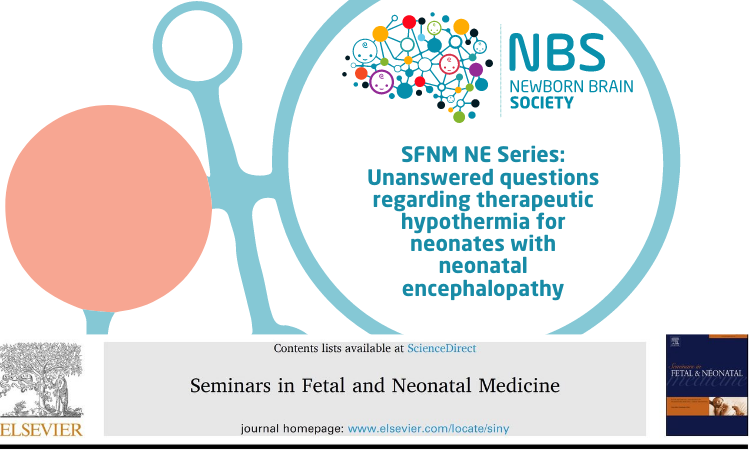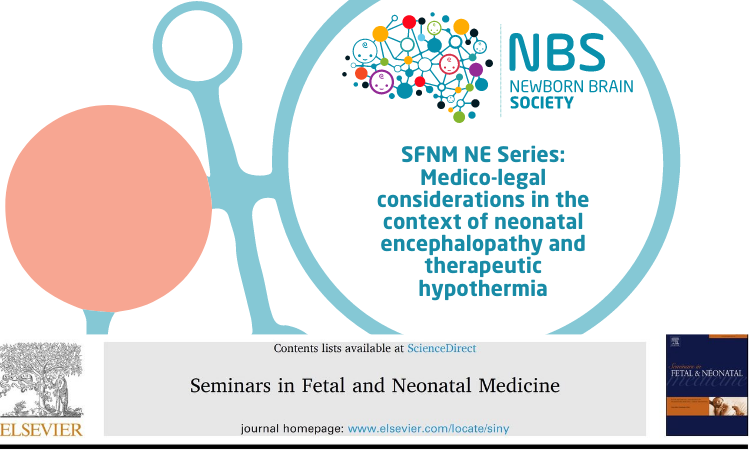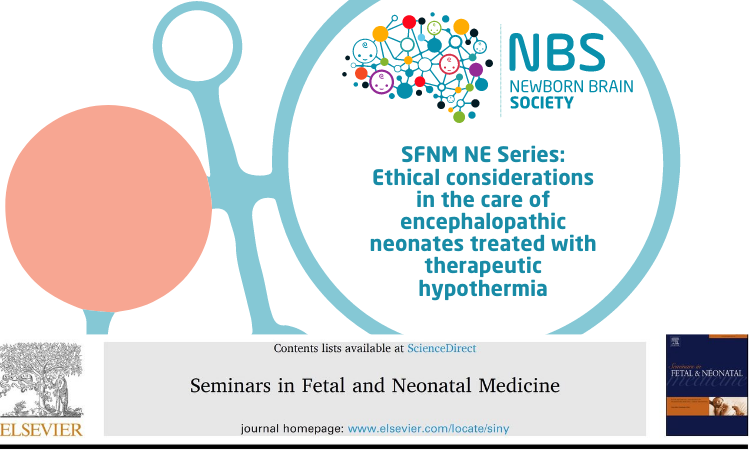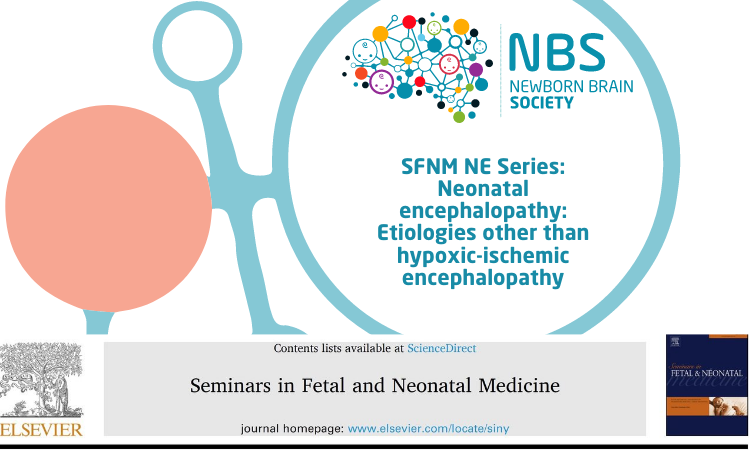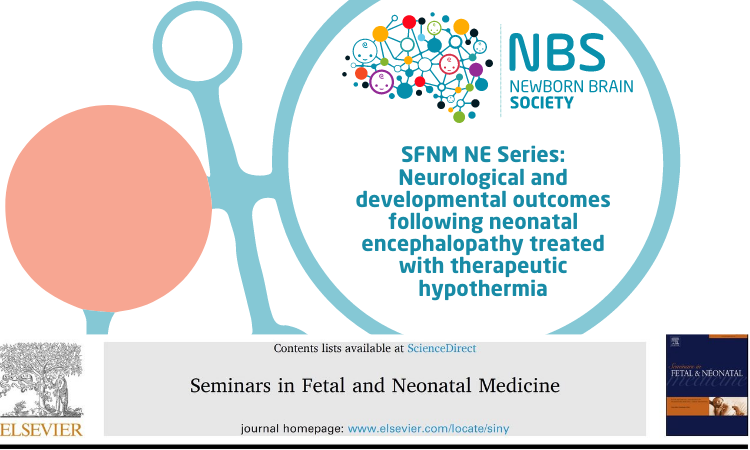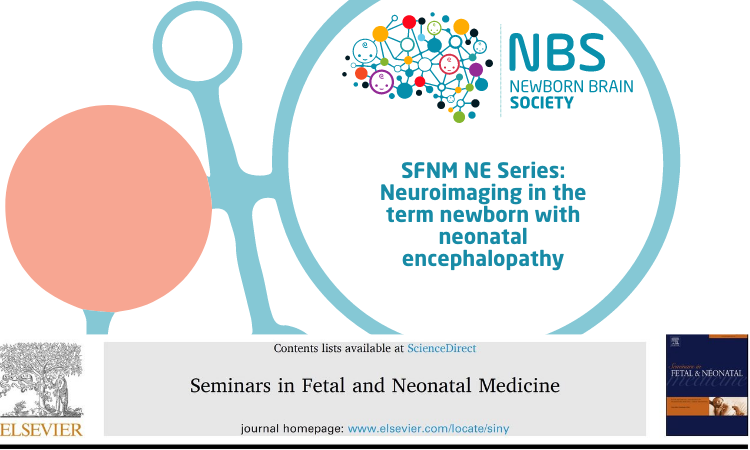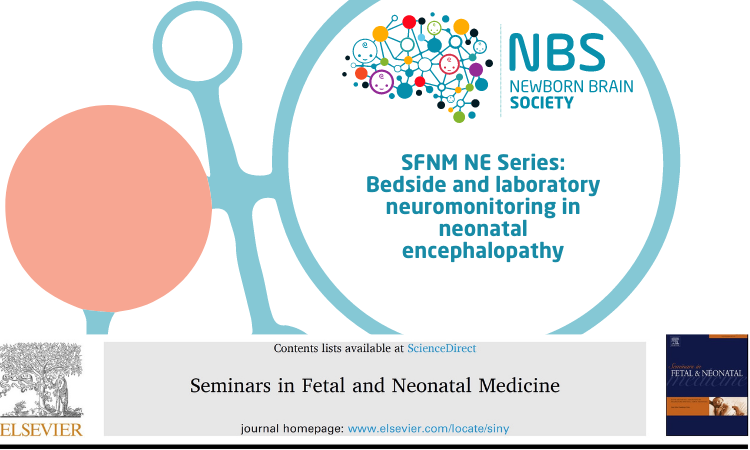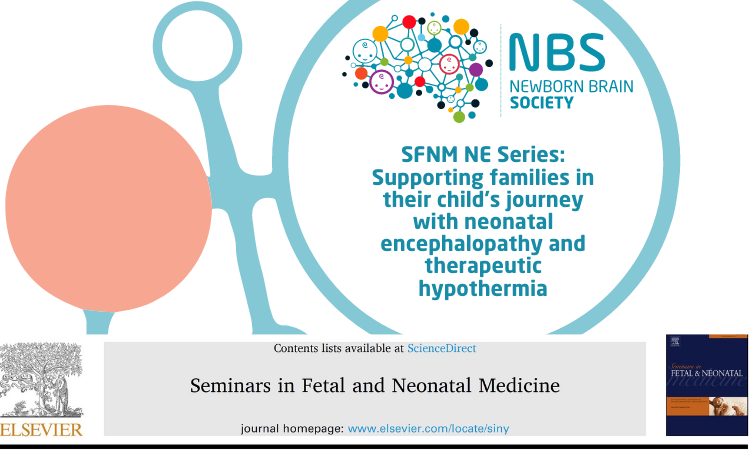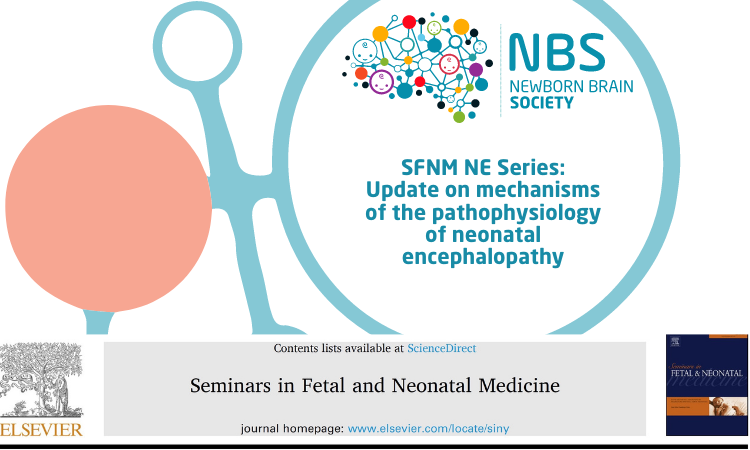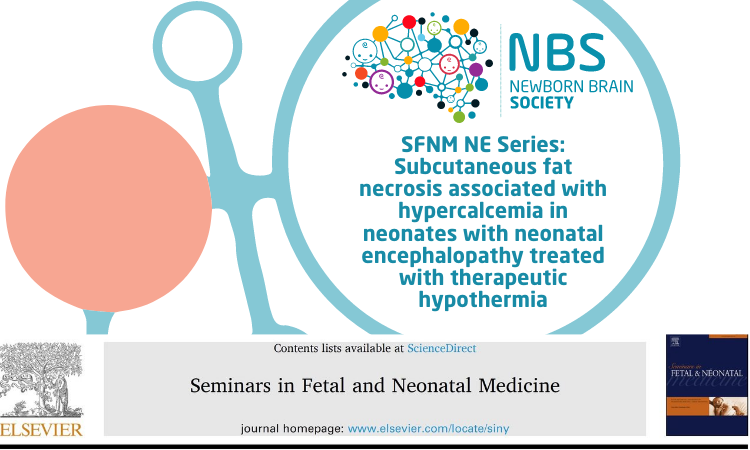SFNM NE Series: Unanswered questions regarding therapeutic hypothermia for neonates with neonatal encephalopathy
Practice Points: Cool to a central body temperature of 33.5 ◦C for 72 h as soon as possible in term and near-term neonates with moderate and severe NE. TH for term and near-term newborns with mild NE remains debated with insufficient systematic evidence proving improved neuro- developmental outcome with treatment, and without a clear picture […]
Practice Points: Cool to a central body temperature of 33.5 ◦C for 72 h as soon as possible in term and near-term neonates with moderate and severe NE. TH for term and near-term newborns with mild NE remains debated with insufficient systematic evidence proving improved neuro- developmental outcome with treatment, and without a clear picture

